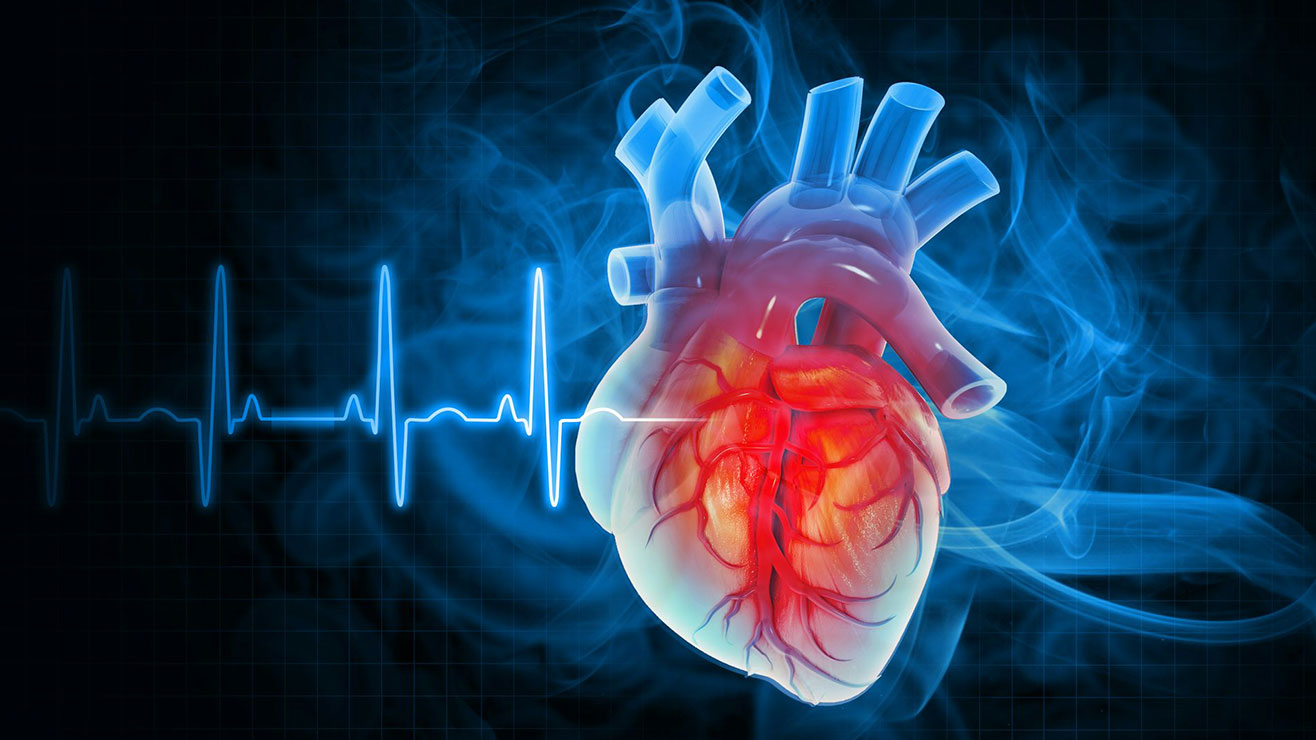Are More Kids Intentionally Hurting Themselves?
From the 1990s to the early 2000s, counselors and therapists saw an increase in the number of adolescents and college students injuring themselves without an intent to die, a behavior known as non-suicidal self-injury.
However, there is little data to back up these observations, mostly because of the lack of large studies on this topic that span multiple decades.
And experts say if there were an increase, it has likely hit a plateau by now.
But there is some empirical data to back the anecdotal evidence.
A recent study on the mental health of college students found that at one university, the rate of non-suicidal self-injury doubled from 1997 to 2007. The work was present at the American Psychological Association Meeting in August by researchers from Hofstra University in Hempstead, N.Y.
Also, when adults are asked if they have ever hurt themselves, only about 1 to 4 percent say yes. On the other hand, when adolescents are asked the same question, about 13 to 23 percent say so, according to a study published in the journal Current Directions in Psychological Science in April 2009.
This suggests that either the rate is actually increasing, or that adults often deny they have self-injured, or both, the researchers say.
Get the world’s most fascinating discoveries delivered straight to your inbox.
While many researchers suspect there was indeed an increase, the rise in cases might simply be the result of an increase in awareness of the behavior.
Janis Whitlock, a researcher at Cornell University in Ithaca, N.Y., thinks it was a combination of both increased prevalence and awareness. She also notes that during the 90s, there was an increase in references to self injury in the media, including more than a dozen celebrities who admitted to self-injuring. And movies such as "Thirteen" – released in 2003 and that involved a teen who gets involved in sex, drugs and self-injuring – further drew attention to the behavior.
"The moment they talk about it they shed light on a behavior that might not even have been imaginable to somebody at that point," she said.
Increased attention in the media and on the internet might have fueled the rise, she says, leading to copycat behavior.
While researchers will probably never know for sure whether non-suicidal self-injury experienced a boost over the last two decades, they are currently focused on addressing the nearly 25 percent of adolescents who are now believed to practice it.

Rachael is a Live Science contributor, and was a former channel editor and senior writer for Live Science between 2010 and 2022. She has a master's degree in journalism from New York University's Science, Health and Environmental Reporting Program. She also holds a B.S. in molecular biology and an M.S. in biology from the University of California, San Diego. Her work has appeared in Scienceline, The Washington Post and Scientific American.


